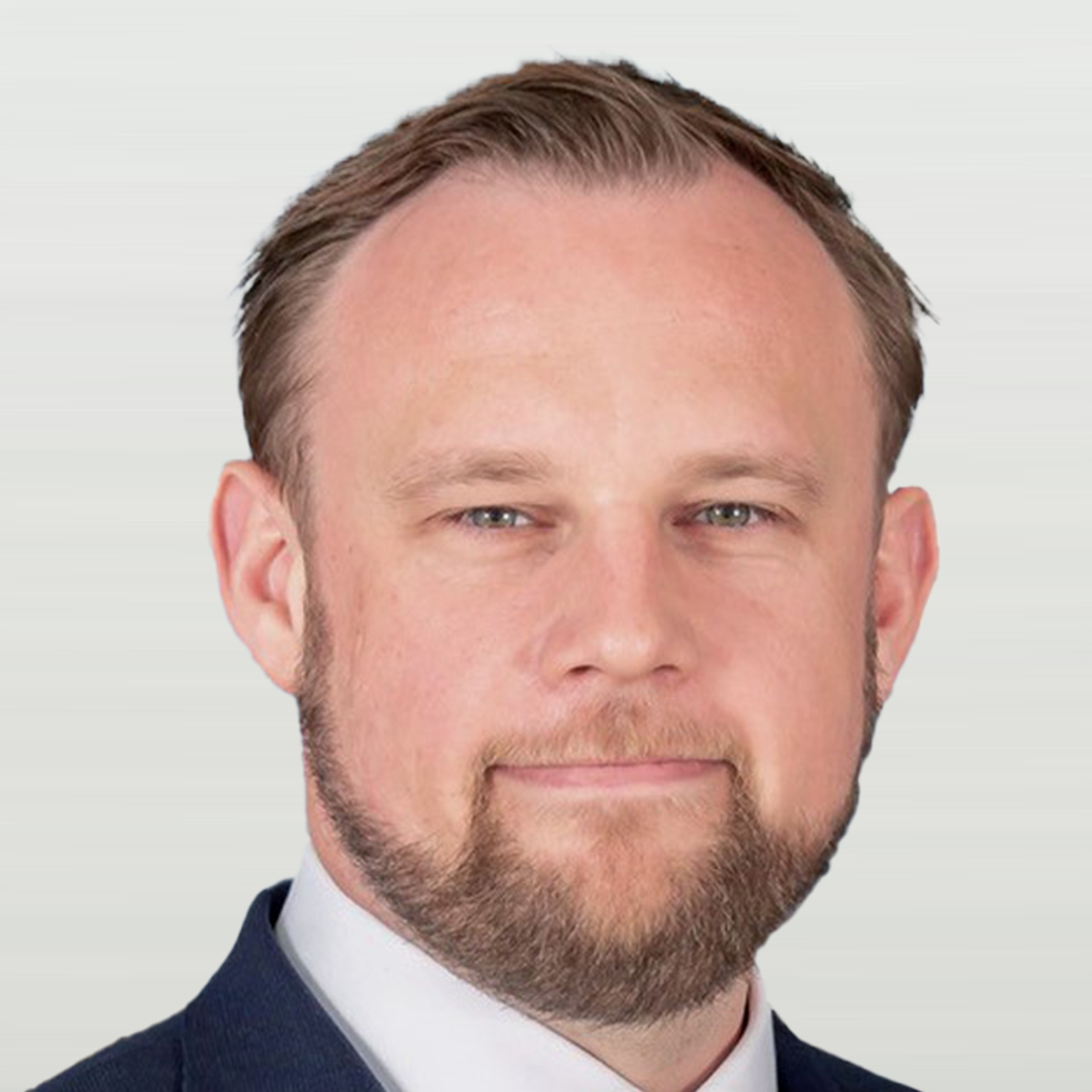
In the latest in our regular series, Portfolio Adviser hears from PGIM Investments’ head of UK wholesale distribution Rob Hall (pictured right)
Which asset classes and strategies do you anticipate intermediary clients focusing on in 2023?
There has been an incredible amount of change in the economy and in markets, with three entirely different cycles over the past three years. We first witnessed the Covid sell-off, then the sharp market recovery supported by fiscal and monetary stimulus while the aftermath has delivered heightened inflation and higher rates.
With such rapid change, it has never been more important for investors to take a long-term view. While markets may continue to exhibit elevated volatility, this will enable active managers to take advantage of attractive entry points. For this reason, 2023 has the potential to offer some of the best opportunities investors have seen in a long while – particularly in fixed income.
While 2022 was tough on many asset classes, with rates now higher, fixed income investments have naturally become more attractive. This has set the stage for an increased reallocation back into the market. We are already witnessing increased investor demand for funds managed by PGIM Fixed Income, our $759bn (£615bn) global active fixed income affiliate. In our view, having scale and pedigree across multiple market cycles is crucial in navigating through what remains a challenging environment.
As for equity markets, fundamentals should prove better than what stock prices currently imply, despite the ongoing macro issues. Investors will be looking for managers able to take advantage of secular growth trends – in areas such as luxury consumer spending and auto-market disruption, as well as emerging themes like fintech in Latin America, which is serving an enormous underbanked population. The funds managed by our fundamental active equity manager Jennison Associates should be well positioned to capitalise on renewed equity market optimism.
“Strategies with low correlation to traditional asset classes were the shining lights of 2022.”
Should end-investors – and, by association, asset managers – be thinking beyond equity and bond investments? Towards what?
Last year clearly displayed the benefits of investing in liquid alternatives, as both equities and bonds were challenged. Strategies with low correlation to traditional asset classes were the shining lights of 2022 – they highlighted the benefits of diversification with alternatives that could play either a risk-reducing or return-enhancing role in relation to a traditional 60/40 portfolio.
We have seen increased interest in non-traditional strategies over recent months – specifically in our PGIM Wadhwani Systematic Absolute Return Fund. Our listed real estate vehicle, PGIM Global Select Real Estate Securities Fund, has also been in demand, as investors seek solutions in asset classes with a proven track record in mitigating the effects of inflation.
To what extent do private assets and markets fit into your thinking? What are the currents pros and cons for investors?
Global pools of private capital – including private equity, private credit and real assets – stand at more than $12trn today – which is double the level of just six years ago. As traditional models of raising money in private markets have been disrupted, the space has experienced rapid growth and transformation and this has enabled a broader spectrum of investors to access private opportunities for the first time.
At PGIM, we have a strong pedigree in private markets – through PGIM Real Estate, PGIM Private Capital, Montana Capital Partners and PGIM Fixed Income. We are enthusiastic about the prospects of bringing our private market capabilities to a wider investor base and are focused on partnering with our clients to offer strategies with the appropriate liquidity profiles for their portfolios.
Given client and regulatory pressure on charges, how is your business delivering value for money to intermediaries and end-clients?
Providing value for our clients is at the forefront of everything we do. The economies of scale of a business like PGIM enables us to take a partnership approach with our clients – which means we are very much solutions-led, rather than-product led. This has truly resonated with our UK client base.
How are you now balancing face-to-face and virtual distribution? Have you identified aspects where one is especially better (or worse) than the other?
Virtual has been an enormous positive in relation to the way we do business. Having the access and ability to undertake focused conversations with stakeholders in different locations has undoubtedly improved efficiency. However, there is no real substitute for face-to-face interaction. This is still a relationship industry, and I do not believe you can truly evolve relationships and partnerships virtually. There is a realisation people do want to see each other again, which is great, so the goal is to find a healthy balance.
What aspects of your lockdown routine – personal or professional – have you continued as people migrate back to office-working?
We have all been through a lot over the last few years, which has forced us to reassess the relationship between our personal and professional lives. This has been a positive, in my view. Our way of working has changed and we have to adapt to this.
I have also become a big proponent of mindfulness and have looked to develop my thought processes in many areas. This is everything from how we build relationships and partnerships within industry, to the management of people in our teams and focusing on what is truly important. Through the flexibility and support of PGIM, I have relished the opportunity to be more present at home, which has ultimately helped my professional life as we try to achieve our ambitious growth project in the international market.
“The themes of consolidation, centralisation, and technology are driving rapid change within the UK distribution market.”
How did you spend your Christmas/winter break?
I was lucky enough to take my wife and young son back to New Zealand for Christmas, which was the first time I had been back in five years. It was great to introduce my two-year-old to his wider family and all his cousins – which was impossible up until recently due to border closures. We had a wonderful Christmas in the sunshine and took in all New Zealand has to offer – including the beaches, barbecues and a bit of backyard cricket.
Looking ahead, in what ways do you see the asset management sector evolving over the next few years?
The themes of consolidation, centralisation, and technology are driving rapid change within the UK distribution market. We are likely to see teams of more highly skilled individuals in the distribution space, which can take a deeper, holistic approach to partnering with the investors we engage with. While investment outcomes ultimately power those partnerships, there will also be a major emphasis on the overall value an asset manager can provide, as we increasingly witness vertical integration across the industry.










